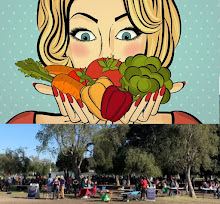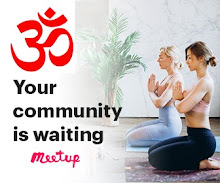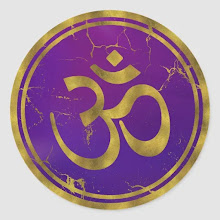 |
| Beginning meditators are babies in white, so go easy. Meditation may make one sleepy at first. |
.
 |
| An outfit just for practice helps. |
Do the basics: Put on all white. Find a quiet spot apart from distractions. Use this spot over and over again. It becomes powerful. Set down a mat and cushion (a bundle of leaves or grass is enough to get the tailbone higher than the knees). Sit. Inhale deeply. Release. Do it again a few times, without forcing the air out. It's just about letting go completely, so completely that the body hangs as if held up by a clothing hanger, not stiff, not slack.
Straighter is more comfortable, even though it doesn't seem like it at first. Posture is important to attention. Bring (advert) the attention to the present moment, this moment, and to stay in just this moment, remain aware of the breath. Which breath? This breath, just the one happening now all by itself. Become the watcher (not the commenter, fixer, improver, slowdowner, or anything else), just the watcher. This is mindfulness -- clear awareness of the present without evaluation.
 |
| Whoa, what a trip! What was that? I want that again! |
Ten minutes is a good start time, slowly working up to an hourlong sit. That seems impossible now, but in time, whaddyaknow, it suddenly is possible. What changed? I'dunno. This practice is about persistence. It does itself and then there is no effort. The enemies of that are expectations, unsettled greed or desire for achieving something, and the Five Hindrances. They will come to hinder. They are already present. They can be overcome. But whether or not they have been overcome, persist. This is spring. This is the beginning. Have "beginner's mind" in place of the "monkey mind" that usually rules the cage. Smile. It helps.
 |
| Instructions are confusing because it's so simple. |
The mind like a petulant and insolent child will resist. Let it. Bring it back. Do not scold it or become upset. Let it be. Surrender completely to this moment, whatever is in this moment, not being moved to do anything no matter what the mind says it must do. See what happens. Could the mind be wrong no matter what it feels or demands or insists is true?
 |
| How did Siddhartha Gautama do it? |
- Dhr. Seven, Ananda (Dharma Buddhist Meditation), Jen Bradford, Wisdom Quarterly













































































































































































































































No comments:
Post a Comment